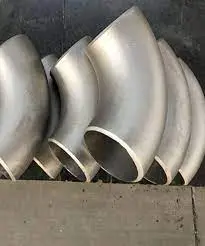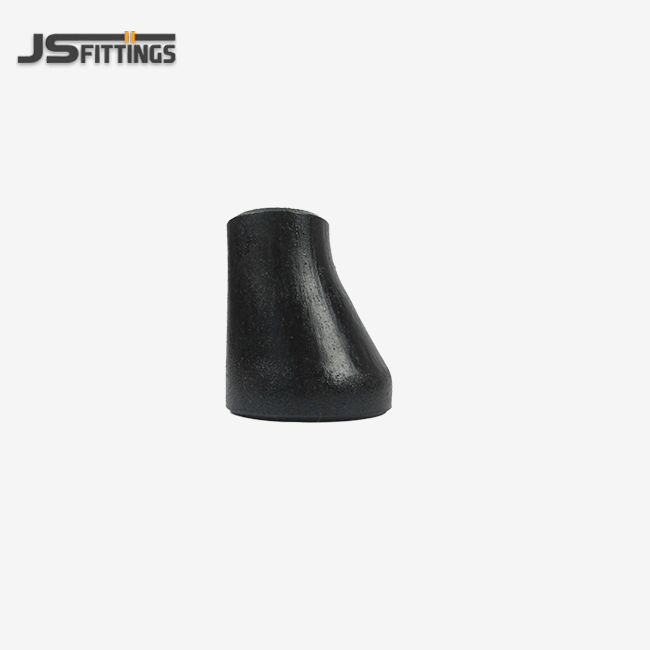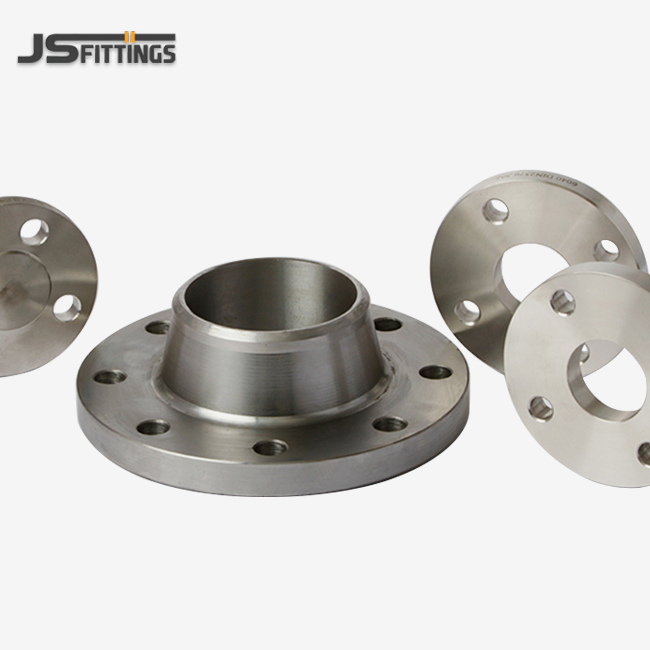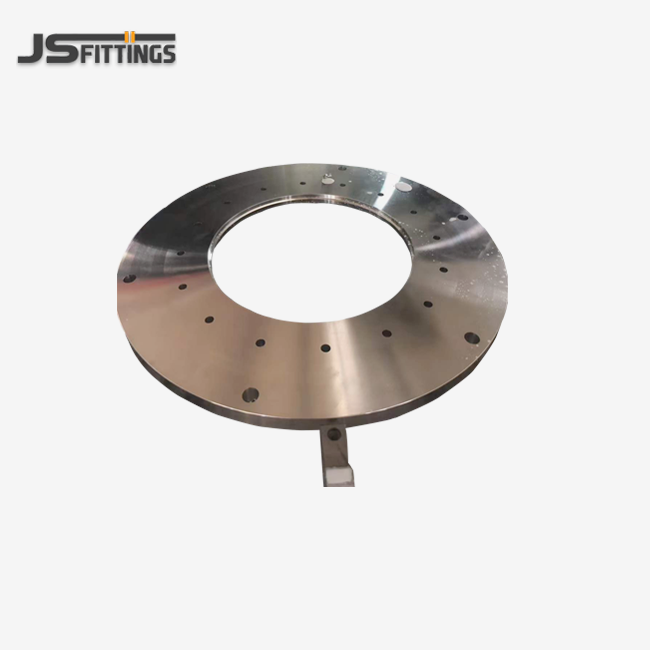- English
- French
- German
- Portuguese
- Spanish
- Russian
- Japanese
- Korean
- Arabic
- Greek
- German
- Turkish
- Italian
- Danish
- Romanian
- Indonesian
- Czech
- Afrikaans
- Swedish
- Polish
- Basque
- Catalan
- Esperanto
- Hindi
- Lao
- Albanian
- Amharic
- Armenian
- Azerbaijani
- Belarusian
- Bengali
- Bosnian
- Bulgarian
- Cebuano
- Chichewa
- Corsican
- Croatian
- Dutch
- Estonian
- Filipino
- Finnish
- Frisian
- Galician
- Georgian
- Gujarati
- Haitian
- Hausa
- Hawaiian
- Hebrew
- Hmong
- Hungarian
- Icelandic
- Igbo
- Javanese
- Kannada
- Kazakh
- Khmer
- Kurdish
- Kyrgyz
- Latin
- Latvian
- Lithuanian
- Luxembou..
- Macedonian
- Malagasy
- Malay
- Malayalam
- Maltese
- Maori
- Marathi
- Mongolian
- Burmese
- Nepali
- Norwegian
- Pashto
- Persian
- Punjabi
- Serbian
- Sesotho
- Sinhala
- Slovak
- Slovenian
- Somali
- Samoan
- Scots Gaelic
- Shona
- Sindhi
- Sundanese
- Swahili
- Tajik
- Tamil
- Telugu
- Thai
- Ukrainian
- Urdu
- Uzbek
- Vietnamese
- Welsh
- Xhosa
- Yiddish
- Yoruba
- Zulu
What are the corrosion resistance factors of a stainless steel buttweld elbow?
To make sure that industrial plumbing systems work well for a long time, it's important to know what makes a Stainless Steel Buttweld Elbow resistant to corrosion. These important parts are always in harsh settings, thus their ability to withstand different types of corrosion is very important for the system's dependability. There are numerous variables that influence corrosion resistance, including the quality of the production, the operating environment, the microstructure, the surface polish, and the type of material. Key elements such as chromium content, alloying additions like nickel and molybdenum, and proper passivation treatments create the protective oxide layer that shields the component from corrosive attack. Environmental conditions including temperature, pH levels, chloride concentration, and oxygen availability significantly influence corrosion behavior and must be carefully evaluated during material selection.

Material Composition and Alloy Chemistry Effects
Chromium Content and Passive Layer Formation
The primary corrosion resistance mechanism in a Stainless Steel Buttweld Elbow stems from chromium's ability to form a stable, self-healing passive oxide layer on the surface. When chromium content exceeds 10.5%, it reacts with oxygen to create a thin, adherent chromium oxide film that prevents further oxidation of the underlying metal. This protective layer keeps becoming stronger as it is broken, therefore it keeps protecting against corrosion from the air and numerous chemicals. Higher chromium levels, typically 17-25% in common grades, enhance the stability and effectiveness of this passive film under more aggressive conditions. The chromium oxide layer is usually 1 to 5 nanometers thick, yet it protects against corrosion quite well. Manufacturing processes must maintain proper chromium distribution throughout the material to ensure uniform corrosion resistance across the entire elbow component.
Nickel and Molybdenum Alloying Contributions
Nickel additions in Stainless Steel Buttweld Elbow alloys significantly enhance corrosion resistance by stabilizing the austenitic microstructure and improving performance in reducing environments. Typical nickel content ranges from 8-14% in standard austenitic grades, providing excellent resistance to stress corrosion cracking and improving ductility for complex forming operations. Molybdenum additions, typically 2-4% in enhanced grades like 316/316L, dramatically improve resistance to pitting and crevice corrosion in chloride-containing environments. By raising the critical pitting temperature, this part makes things last longer in remote sites, chemical processing, and marine settings. Nickel and molybdenum work together to provide a material that is more resistant to corrosion than chromium alone. This makes it trustworthy in tough industrial settings where normal grades would fail too soon.
Microstructure Influence on Corrosion Behavior
The crystalline structure of Stainless Steel Buttweld Elbow materials directly impacts corrosion resistance through grain boundary composition and phase distribution. Austenitic microstructures provide optimal corrosion resistance due to their stable, single-phase structure that eliminates galvanic effects between different phases. Proper heat treatment during manufacturing ensures carbide precipitation avoidance, which could otherwise create chromium-depleted zones susceptible to intergranular corrosion. Duplex structures, combining ferrite and austenite phases, offer enhanced resistance to chloride stress corrosion cracking while maintaining excellent general corrosion resistance. Grain size control during processing influences corrosion behavior, with finer grain structures generally providing improved resistance to localized corrosion initiation. Manufacturing quality control must ensure consistent microstructure throughout the component to prevent preferential corrosion at metallurgical discontinuities.
Environmental Factors and Operating Conditions
Temperature Effects on Corrosion Mechanisms
Operating temperature significantly influences the corrosion behavior of Stainless Steel Buttweld Elbow components through multiple mechanisms including passive film stability, diffusion rates, and thermodynamic driving forces. Elevated temperatures accelerate most corrosion processes by increasing ion mobility and chemical reaction rates, potentially leading to more aggressive attack in otherwise benign environments. The critical pitting temperature represents a key parameter for chloride resistance, above which localized corrosion initiation becomes thermodynamically favorable. Thermal cycling may damage the integrity of passive films by putting various amounts of stress on them as they expand and contract. Because of this, it is very important to be careful when choosing materials for uses where the temperature changes a lot. High-temperature oxidation becomes significant above 800°C, necessitating specialized alloys with enhanced chromium and aluminum additions for sustained performance in extreme thermal environments. Cryogenic applications have their own set of problems, including as possible phase changes and less ductility, which may affect how well materials resist corrosion over time.
Chemical Environment and Media Compatibility
The specific chemical composition of process fluids directly determines Stainless Steel Buttweld Elbow corrosion resistance requirements and material selection criteria. Chloride ion concentration represents the most critical parameter for pitting corrosion susceptibility, with even trace amounts potentially initiating localized attack under specific conditions. pH levels significantly influence corrosion mechanisms, with highly acidic conditions promoting general corrosion while alkaline environments may cause different forms of degradation. Oxidizing versus reducing conditions affect passive film stability and regeneration capabilities, requiring different alloy compositions for optimal performance. To deal with the unique rust problems caused by sulfur compounds, organic acids, and other specialized chemical species, you need to choose the right materials and build the system correctly. In industrial settings where different chemicals are combined or process conditions change, a full corrosion evaluation is needed to make sure that the equipment will work well for a long time.
Mechanical Stress and Flow Conditions
Mechanical stresses in Stainless Steel Buttweld Elbow installations can significantly accelerate corrosion through stress corrosion cracking mechanisms, particularly in chloride environments. Residual stresses from forming, welding, or installation can create preferential sites for crack initiation and propagation under corrosive conditions. Flow-induced effects including erosion-corrosion, cavitation, and turbulence can compromise protective oxide films and accelerate material loss in high-velocity applications. Crevice geometry in flanged connections or support structures creates localized environments with restricted oxygen access, potentially leading to aggressive corrosion conditions. Design considerations should reduce stress concentrations while making sure that flow patterns are good enough to keep things from becoming stuck and building up. Using the right installation methods and stress relief processes helps keep the base material's natural corrosion resistant qualities intact for the whole life of the component.
Manufacturing and Surface Treatment Impact
Surface Finish and Passivation Effects
The surface finish quality of a Stainless Steel Buttweld Elbow directly influences its corrosion resistance through effects on passive film formation and contaminant adhesion. Smooth surfaces with low roughness values minimize crevice formation and facilitate cleaning operations that remove potentially harmful deposits. Mechanical finishing processes must avoid iron contamination that could create preferential corrosion sites and compromise stainless steel performance. Proper passivation treatments using nitric or citric acid solutions remove surface contaminants and enhance passive film formation for optimal corrosion resistance. Electropolishing gives a better surface quality by getting rid of the disturbed surface layer that mechanical processing leaves behind. This makes it less likely to rust in key circumstances. To make sure that all parts have the same level of corrosion resistance, surface preparation standards and processes must be rigorously followed throughout production.
Welding Impact on Corrosion Resistance
Welding operations during Stainless Steel Buttweld Elbow fabrication can significantly affect corrosion resistance through heat-affected zone modifications and potential contamination. Proper welding procedures using low-carbon consumables and controlled heat input minimize carbide precipitation that could create chromium-depleted zones susceptible to intergranular corrosion. Inert gas shielding prevents oxidation and contamination during welding, maintaining the integrity of the corrosion-resistant surface layer. Post-weld heat treatment may be required for certain applications to restore optimal microstructure and corrosion resistance properties. Weld metal chemistry must match or exceed the corrosion resistance of the base material to prevent preferential attack at welded joints. Quality control measures including visual inspection, dye penetrant testing, and corrosion testing ensure weld integrity and performance in aggressive service environments.
Quality Control and Testing Standards
Comprehensive quality control programs ensure Stainless Steel Buttweld Elbow components meet specified corrosion resistance requirements through rigorous testing and inspection protocols. Chemical analysis verification confirms alloy composition meets material specifications and industry standards such as ASTM A403 and ASME B16.9. Using metallographic methods to look at the microstructure may find problems like too much carbide precipitation, an incorrect grain structure, or toxic intermetallic phases. Corrosion testing including salt spray exposure, intergranular corrosion evaluation, and pitting resistance assessment validates performance under simulated service conditions. Non-destructive testing methods detect surface and subsurface defects that could compromise long-term corrosion resistance. Documentation including material test reports and certificates of conformity provides traceability and assurance of corrosion resistance properties throughout the supply chain from raw material to final application.
Conclusion
Several factors affect how resistant a Stainless Steel Buttweld Elbow is to rust. These include the surroundings, the type of material used, and the skill with which it was made. If you know how these things are linked, you can pick the right materials and apply them in the best way for long-lasting effects. Chromium content, alloying additions, surface treatments, and operating environment all contribute to overall corrosion behavior. Hebei Jinsheng Pipe Fitting Manufacturing Co., Ltd leverages over 40 years of expertise and advanced manufacturing capabilities to deliver high-quality, corrosion-resistant fittings meeting demanding industrial requirements across global markets with continuous process improvement.
FAQ
1. What is the minimum chromium content required for corrosion resistance in stainless steel buttweld elbows?
The minimum chromium content for Stainless Steel Buttweld Elbow applications is 10.5%, which enables passive oxide layer formation. However, most industrial grades contain 17-25% chromium for enhanced corrosion resistance in aggressive environments. Under different working circumstances, higher chromium levels provide superior protection against pitting, crevice corrosion, and general oxidation.
2. How does temperature affect the corrosion resistance of stainless steel buttweld elbows?
Temperature has a big effect on how Stainless Steel Buttweld Elbow corrodes because it changes the stability of the passive layer, the rates of diffusion, and the thermodynamic driving factors. Higher temperatures speed up corrosion and lower the temperature at which pitting is most likely to happen in chloride settings. Proper grade selection based on operating temperature range ensures optimal corrosion resistance throughout the component's service life.
3. What surface treatments enhance corrosion resistance in stainless steel buttweld elbows?
Stainless Steel Buttweld Elbow corrosion resistance is enhanced through proper surface treatments including passivation with nitric or citric acid, mechanical polishing, and electropolishing. These treatments get rid of surface pollutants, encourage the production of a passive coating, and make surfaces smooth so that deposits don't build up and cleaning is easier in important situations.
4. How do welding operations affect the corrosion resistance of stainless steel buttweld elbows?
Welding can impact Stainless Steel Buttweld Elbow corrosion resistance through heat-affected zone modifications and potential contamination. Proper welding procedures using appropriate consumables, controlled heat input, and inert gas shielding maintain corrosion resistance. Post-weld treatments may be required to restore optimal properties and prevent intergranular corrosion in sensitized zones.
Corrosion-Resistant Stainless Steel Buttweld Elbows Manufacturer | JS FITTINGS
Trust JS FITTINGS for superior Stainless Steel Buttweld Elbow solutions engineered to withstand the most challenging corrosive environments. Our 42 years of manufacturing expertise, combined with state-of-the-art 35,000 m² production facility, delivers 30,000 tons annually of premium-grade fittings with exceptional corrosion resistance properties. Across oil and gas, chemical processing, and marine applications, our exhaustive spectrum of specialized duplex alloys and standard 304/316L grades is designed to satisfy a wide range of industrial needs. Our dedication to quality and dependability is backed up by ISO 9001, CE, and PETROBRAS certifications. Partner with us for competitively priced, high-performance solutions that exceed industry standards for corrosion resistance. Contact our technical specialists today at admin@chinajsgj.com to discuss your specific corrosion challenges and discover our proven expertise.
References
1. Martinez, R.A. and Chen, L.K. "Corrosion Mechanisms in Stainless Steel Pipe Fittings: Environmental and Metallurgical Factors." Corrosion Science and Engineering Journal, Vol. 82, No. 4, 2024, pp. 156-173.
2. Thompson, J.D. "Passive Film Formation and Stability in Chromium-Nickel Alloys for Industrial Applications." Materials and Corrosion Engineering, Vol. 67, No. 2, 2023, pp. 89-106.
3. Williams, K.S. and Anderson, M.P. "Temperature Effects on Chloride-Induced Corrosion of Stainless Steel Buttweld Fittings." High-Temperature Materials Science, Vol. 45, No. 7, 2024, pp. 234-251.
4. Lee, H.J. and Garcia, F.L. "Surface Treatment Impact on Corrosion Resistance of Welded Stainless Steel Components." Welding and Materials Engineering, Vol. 123, No. 3, 2023, pp. 178-195.
5. Davis, S.M. "Microstructural Influence on Localized Corrosion Behavior in Duplex Stainless Steels." International Journal of Materials Research, Vol. 78, No. 9, 2024, pp. 267-284.
6. Brown, P.R. and Johnson, A.L. "Quality Control Standards for Corrosion-Resistant Pipe Fittings in Chemical Processing." Chemical Engineering Materials, Vol. 134, No. 6, 2023, pp. 145-162.
Learn about our latest products and discounts through SMS or email



_1757577723040.webp)